How do I choose an Air Compressor and what are the different types?
Date Posted:5 April 2024
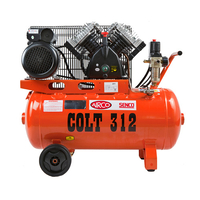
Understanding Air Compressors
An air compressor is a versatile tool that uses compressed air to power various equipment and perform various tasks. It converts power from an electric motor, diesel engine, or petrol engine into potential energy stored in pressurised air.

What is an Air Compressor?
An air compressor is a mechanical device that takes in ambient air, compresses it and stores the compressed air in a tank for later use. It is commonly used in industries such as construction, manufacturing, and automotive, and even in everyday applications like inflating tyres or powering pneumatic tools.
-
Basic definition: An air compressor is a machine that pressurises air to generate kinetic energy for various tasks.
-
Purpose: The primary purpose of an air compressor is to provide a reliable source of compressed air for different applications.
Air compressors are essential in many industries and applications because they generate high-pressure air efficiently. Some common uses of air compressors include:
-
Inflating tyres and sports equipment
-
Powering pneumatic tools such as drills, impact wrenches, and nail guns
-
Painting and spraying applications
-
Operating machinery in manufacturing plants
-
Supplying clean, dry air for medical equipment
The benefits of using an air compressor are numerous:
-
Efficiency: Air compressors provide a reliable and efficient power source for various tools and equipment.
-
Versatility: They can be used for a wide range of applications, making them highly versatile.
-
Cost savings: Air-powered tools are often more cost-effective and have longer lifespans than their electric counterparts.
-
Increased productivity: Air compressors allow for faster and more efficient completion of tasks, leading to increased productivity.
-
Portability: Some air compressors are compact and portable, allowing easy transportation and use in different locations.
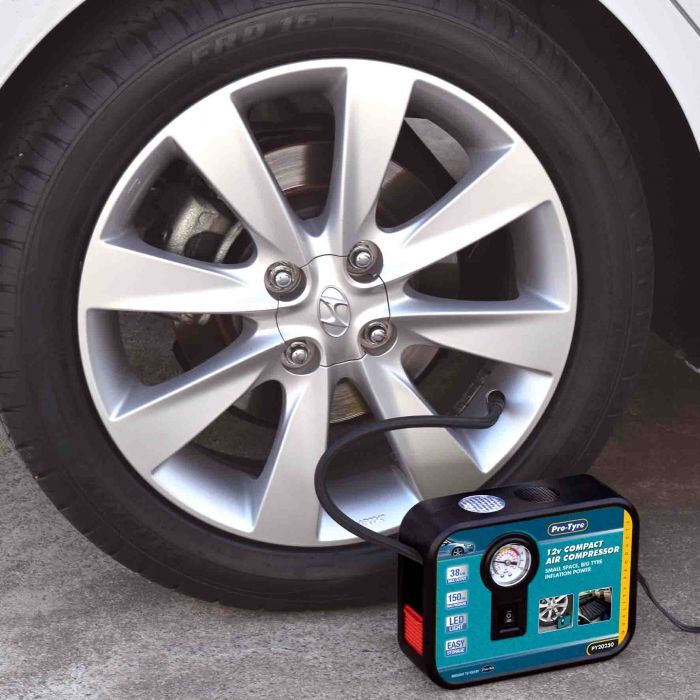
How Does an Air Compressor Work?
To understand how an air compressor works, let's dive into the working principles and key components involved:
Working Principles:
An air compressor operates on the principle of positive displacement. It takes in a volume of air and reduces it to increase its pressure. This is achieved through a cycle of stages, including intake, compression, and discharge.
Key Components and Functions:
-
Air Intake: The intake valve allows ambient air to enter the compressor.
-
Air Filter: The air filter removes impurities and contaminants from the incoming air.
-
Compression Chamber: This is where the actual compression of air takes place. It consists of a piston or rotor that decreases the air volume, resulting in increased pressure.
-
Tank: The compressed air is stored in a tank for later use. The tank acts as a reservoir, providing a steady supply of compressed air when needed.
-
Pressure Release Valve: The safety valve releases excess pressure to prevent damage to the compressor or any connected equipment.
Types of Air Compressors:
Air compressors come in different types, each with its own working mechanism:
-
Reciprocating Compressors: These compressors use a piston and cylinder arrangement to compress air. They are commonly used in small-scale applications and are available in both single-stage and two-stage configurations.
-
Rotary Screw Compressors: These compressors use two interlocking rotors to compress air. They are widely used in industrial applications due to their high efficiency and continuous operation.
-
Centrifugal Compressors: These compressors use centrifugal force to accelerate and compress air. They are typically used in large-scale industrial applications where high volumes of compressed air are required.
Understanding the basic principles and components of an air compressor is crucial when it comes to choosing the right one for your specific needs. In the next section, we will delve into the process of selecting the perfect air compressor based on your requirements.
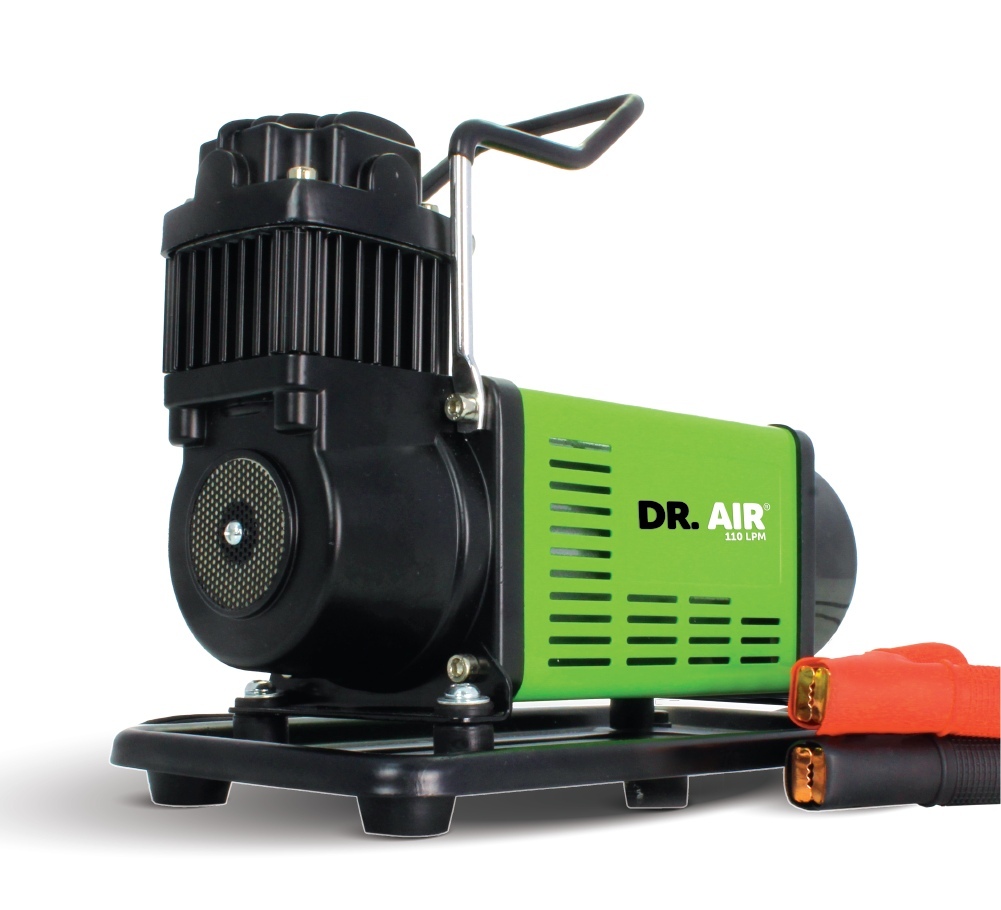
Choosing the Right Air Compressor
Identifying Your Needs and Requirements
Before choosing an air compressor, it is important to assess your specific needs and requirements. Consider the intended use of the air compressor and the required power to meet your needs effectively. To help you determine the necessary specifications for your air compressor, here is a checklist:
-
Intended use: Identify whether you need the air compressor for household tasks, such as inflating tires or powering small tools, or for commercial applications like construction or automotive repair.
-
Power source: Determine whether you have access to electricity or if you need a gas-powered air compressor for remote locations.
-
Air tools: Make a list of the air tools you plan to use with the compressor, including their specific requirements for air capacity and pressure.
-
Noise restrictions: Consider any noise restrictions in your environment, especially if you plan to use the air compressor in residential areas.
-
Budget: Set a budget for your air compressor purchase, taking into account both the upfront cost and potential long-term maintenance expenses.
By evaluating these factors and using the checklist, you can better understand your needs and narrow down your options when choosing an air compressor.
Understanding Different Types of Air Compressors
There are several main types of air compressors available on the market:
-
Reciprocating: These air compressors use pistons to compress air and are commonly found in small shops or for personal use. They are versatile and suitable for a wide range of applications.
-
Rotary Screw: These compressors use two helical screws to compress air and are known for their continuous duty cycle. They are often used in industrial settings where a constant supply of compressed air is required.
-
Centrifugal: These compressors use high-speed rotating impellers to generate compressed air. They are typically used in large-scale industrial applications that require high volumes of compressed air.
Each type of air compressor has its pros and cons. Consider the following factors when making a decision:
-
Efficiency: Evaluate the efficiency of each type based on your specific needs and budget constraints.
-
Noise level: Determine the acceptable noise level for your environment and choose an air compressor that meets those requirements.
-
Maintenance: Consider the maintenance requirements of each type and assess whether you have the resources and knowledge to properly maintain the compressor.
By understanding the different types of air compressors and their advantages and disadvantages, you can make an informed decision that suits your specific needs.
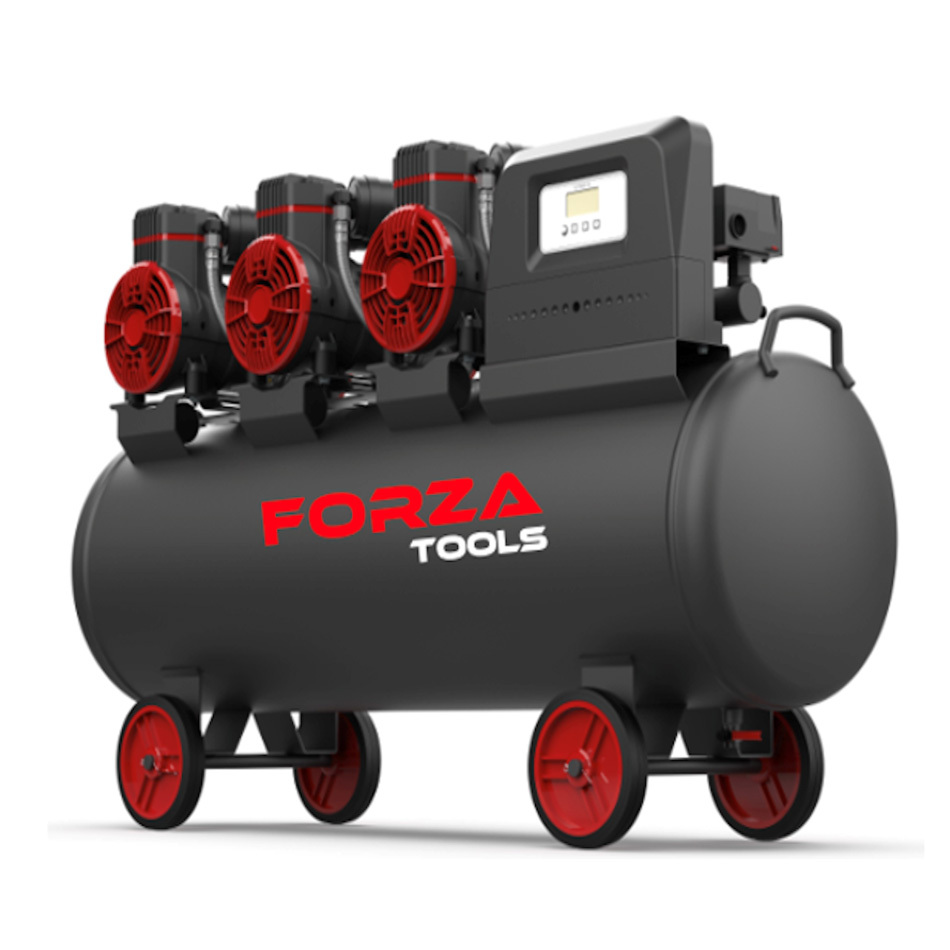
Determining Capacity and Pressure Requirements
To ensure your air compressor meets your application requirements, it is essential to determine the necessary air capacity and pressure. Here's how you can calculate these requirements:
-
Air capacity: Identify the air tools or equipment you plan to use with the compressor. Check their specifications for the required cubic feet per minute (CFM) of compressed air. Add up the CFM requirements of all tools to determine the minimum air capacity your compressor should have.
-
Air pressure: Determine the specific pressure requirements (measured in pounds per square inch or PSI) for your tools or equipment. Ensure that the compressor you choose can deliver sufficient pressure to meet these requirements.
Consider using online calculators or consulting with professionals in the field to assist you in determining the appropriate capacity and pressure ratings for your air compressor. By understanding and calculating these requirements, you can select an air compressor that adequately meets your needs.
Considerations for Portable vs. Stationary Air Compressors
When choosing between a portable or stationary air compressor, it is important to consider your specific needs and the advantages and disadvantages of each type:
-
Portable air compressors: These compressors are designed for mobility and can be easily transported to different job sites. They are ideal for tasks that require flexibility and portability, such as inflating tires or powering tools in remote locations.
-
Stationary air compressors: These compressors are larger and typically more powerful than portable ones. They are designed for fixed installations and are suitable for applications that require a constant supply of compressed air, such as automotive repair shops or manufacturing facilities.
To determine which type suits your needs, consider factors such as mobility requirements, available space, and the specific applications where you will be using the air compressor. Keep in mind that both portable and stationary air compressors have their own advantages and are used in various industries.
By considering these factors and understanding the key differences between portable and stationary air compressors, you can choose the right type that aligns with your needs.

Key Features and Components to Consider
When choosing an air compressor, it's important to consider the key features and components that will affect its performance and usability. By understanding these factors, you can make an informed decision and find the right air compressor for your needs. Here are some important features to consider:
Tank Size and Configuration
The size of the air compressor tank plays a crucial role in its performance. A larger tank allows for more compressed air storage, which is beneficial for applications that require continuous or high-volume airflow. On the other hand, smaller tanks are more portable and suitable for lighter applications.
There are also different tank configurations available, such as horizontal and vertical tanks. Horizontal tanks are ideal for saving floor space and providing stability, while vertical tanks are better suited for areas with limited ceiling height. Consider the advantages of each configuration based on your specific application.
Recommendation: For general-purpose use, a 20 to 30-gallon tank with a vertical configuration is a good choice as it offers a balance between capacity and space-saving.
Motor Power and Efficiency
The motor power of an air compressor determines its ability to deliver the required amount of compressed air. It is usually measured in horsepower (HP). Higher horsepower means greater air delivery and faster recovery time.
Efficiency is another important factor to consider as it directly affects energy consumption and operating costs. Look for air compressors with motors that have high energy efficiency ratings.
When selecting a motor, consider the intended use of the air compressor. If you plan to use it for heavy-duty applications or in an industrial setting, a higher horsepower motor will be required. For smaller tasks or occasional use, a lower horsepower motor may be sufficient.
Pressure Regulation and Control
Pressure regulation is crucial for maintaining optimal performance and safety when using an air compressor. Pressure switches, regulators, and relief valves are the key components responsible for controlling air pressure.
A pressure switch automatically turns the compressor on and off to maintain a consistent pressure level. A regulator allows you to adjust the output pressure to match your specific application requirements. Relief valves are safety devices that release excess pressure in case of system malfunctions.
When selecting an air compressor, ensure that it has reliable pressure regulation mechanisms to avoid over-pressurisation or under-pressurisation.
Noise Level and Vibration
Noise level and vibration produced by an air compressor can impact both the user experience and the surrounding environment. Excessive noise can be disruptive and uncomfortable, especially in residential or indoor settings.
Look for air compressors that are designed with noise reduction features such as insulated cabinets or rubberised feet to minimise vibrations. Quieter air compressors not only create a more pleasant working environment but also reduce the risk of hearing damage during prolonged use.
Maintenance Requirements
Regular maintenance is essential to keep your air compressor in good condition and ensure optimal performance. Tasks such as oil changes, filter replacements, and general upkeep are necessary to prevent breakdowns and extend the lifespan of your equipment.
Consider choosing an air compressor that offers easy access to maintenance points and features user-friendly maintenance procedures. This will make it easier for you to perform routine maintenance tasks and keep your air compressor operating at its best.
In conclusion, when choosing an air compressor, consider the tank size and configuration, motor power and efficiency, pressure regulation and control, noise level and vibration, as well as maintenance requirements. By taking these key features and components into account, you can select an air compressor that meets your specific needs and ensures efficient and reliable performance.
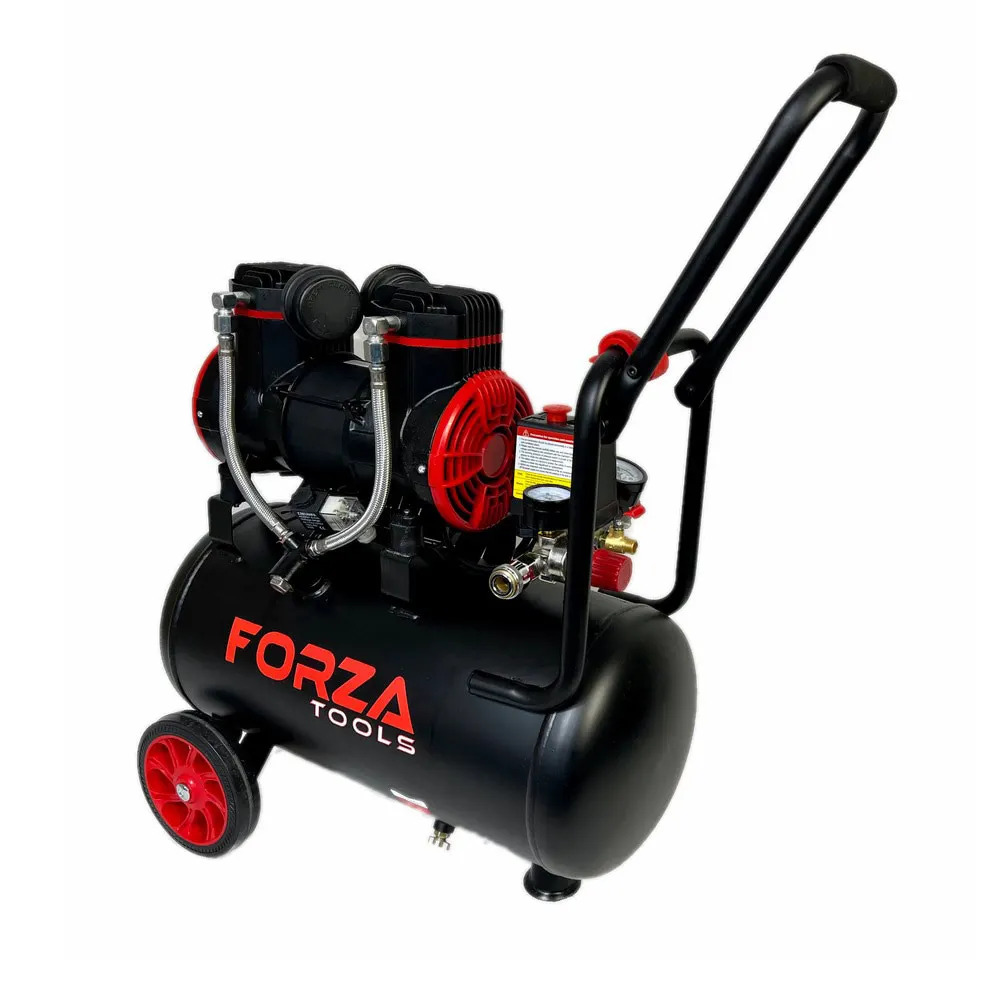
Additional Considerations and Accessories
When choosing an air compressor, there are several additional considerations and accessories that can enhance your overall experience and ensure you make the most of your investment. Let's explore some of these factors.
Air Quality and Filtration
Air quality plays a crucial role in certain applications, such as painting or using medical equipment. It is important to ensure that the compressed air produced by your air compressor is clean and dry to avoid any contamination or damage.
There are different filtration systems available to achieve clean and dry compressed air. Some common types include:
-
Particulate Filters: These filters remove solid particles from the compressed air, preventing them from reaching your equipment or workspace.
-
Coalescing Filters: Coalescing filters are designed to remove oil and water droplets from the compressed air, ensuring it remains dry and free of contaminants.
-
Activated Carbon Filters: These filters are effective in removing odors and vapors from the compressed air, making it suitable for applications that require high air quality.
When selecting an air compressor, it's important to consider your specific needs and choose appropriate air quality features that align with your intended applications.
Portability and Mobility Features
Depending on your needs, portability may be an essential factor to consider when choosing an air compressor. Certain users or job sites require a compressor that can be easily moved around.
Look for features like handles, wheels, and lightweight construction that enhance mobility. Portable air compressors with excellent mobility features allow you to transport them conveniently from one location to another without much hassle.
If you anticipate needing to move your compressor frequently or work in different locations, prioritising portability can greatly improve your experience and efficiency.
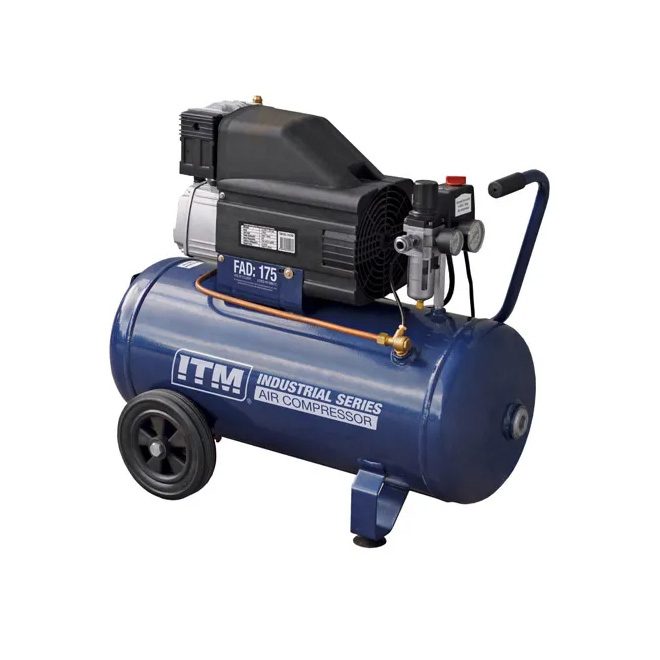
Safety Features and Considerations
Safety should always be a top priority when operating an air compressor. These machines can be powerful and potentially dangerous if not used correctly.
When choosing an air compressor, look for safety features that can help protect you and your equipment. Some common safety features to consider include:
-
Thermal Overload Protection: This feature automatically shuts off the compressor if it becomes overheated, preventing damage to the motor and other components.
-
Automatic Shut-Off: An automatic shut-off feature stops the compressor when it reaches a specific pressure level, preventing over-pressurisation and potential accidents.
-
Pressure Relief Valves: These valves release excess pressure from the tank, ensuring safe operation and reducing the risk of tank rupture.
In addition to these features, it's important to educate yourself on proper safety practices when using an air compressor. This includes wearing appropriate protective gear, following manufacturer guidelines, and regularly inspecting your equipment for any signs of wear or damage.
Accessories and Attachments
To enhance the functionality of your air compressor, there is a range of accessories and attachments available. These can improve efficiency, expand capabilities, and make your work easier.
Some popular accessories and attachments to consider include:
-
Air Hoses: High-quality air hoses allow you to connect your compressor to pneumatic tools or other equipment efficiently.
-
Pneumatic Tools: From nailers to impact wrenches, pneumatic tools are designed to be powered by compressed air and can greatly simplify various tasks.
-
Inflation Kits: If you frequently need to inflate tires or other inflatable objects, an inflation kit can be a valuable accessory to have.
When selecting accessories, ensure they are compatible with your air compressor and intended applications. Taking advantage of these accessories can greatly expand the functionality and versatility of your air compressor setup.
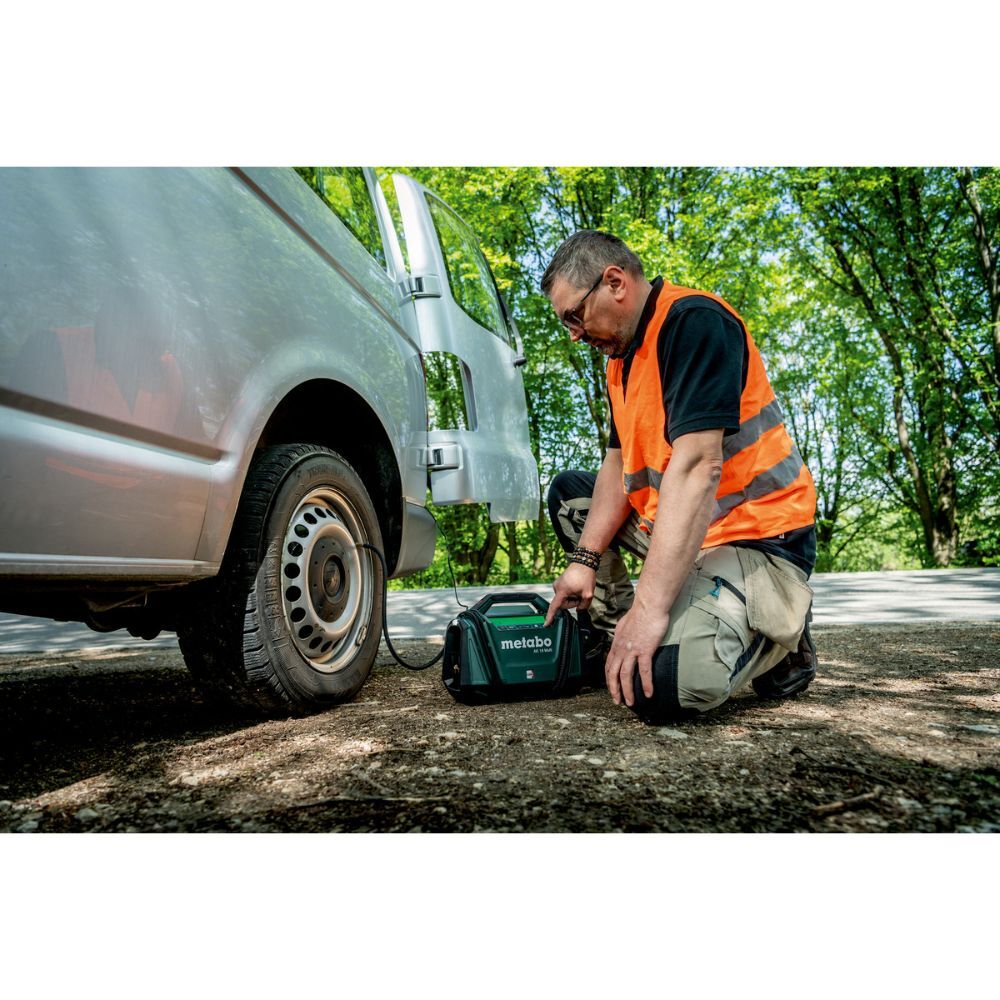
Making an Informed Purchase
Researching Brands and Manufacturers
When choosing an air compressor, it's essential to research reputable brands and manufacturers known for producing high-quality products. By selecting a reliable brand, you can ensure that your air compressor will be durable, efficient, and provide optimal performance. Here are some factors to consider when researching brands and manufacturers:
-
Customer reviews: Reading reviews from other users can give you insights into the overall satisfaction and reliability of a brand's air compressors.
-
Warranties: Look for manufacturers that offer comprehensive warranties, as this demonstrates their confidence in the quality of their products.
-
After-sales support: Consider the level of customer support provided by the brand. A manufacturer that offers excellent after-sales service can assist you in case of any issues or questions that may arise.
Comparing Prices and Value for Money
Price is an important factor to consider when choosing an air compressor, but it should not be the sole determining factor. It's crucial to evaluate the overall value for money by taking into account various factors. Here's what you should consider when comparing prices:
-
Price ranges: Gain insights into the typical price ranges for different types and sizes of air compressors. This will help you understand what to expect in terms of cost.
-
Brand reputation: The reputation of a brand can influence pricing. Established brands with a strong reputation may have higher prices, but they often offer better quality and reliability.
-
Features and accessories: Consider the features and accessories included with the air compressor. Some models may have additional functionalities that justify a higher price.
Remember, it's not just about finding the cheapest option, but rather finding an air compressor that offers good value for your specific needs and requirements.
Reading and Understanding Product Specifications
Interpreting and understanding air compressor product specifications is essential to make an informed decision. Here's a breakdown of some technical terms you may encounter:
-
CFM (cubic feet per minute): This measures the volume of air that the compressor can deliver. Consider your application's airflow requirements to ensure the chosen air compressor can meet your needs.
-
PSI (pounds per square inch): PSI represents the pressure at which the air is delivered. Different applications require different pressure levels, so choose an air compressor with the appropriate PSI rating.
-
Duty cycle: The duty cycle indicates how long an air compressor can run within a given period. It's crucial to select a compressor with a duty cycle that matches your usage requirements.
By understanding these specifications, you can select an air compressor that aligns with your specific needs and delivers optimal performance.
Warranty and Customer Support
Warranty coverage and reliable customer support are important considerations when purchasing an air compressor. Here's why they matter:
-
Warranty: A warranty provides peace of mind in case any issues arise with your air compressor. Check the typical warranty periods offered by manufacturers and choose one that offers sufficient coverage.
-
Customer support: Excellent customer support is valuable if you encounter any problems or have questions about your air compressor. Look for manufacturers that prioritise customer satisfaction and provide reliable support channels.
I recommend choosing a brand that offers a reasonable warranty period and has a reputation for providing excellent after-sales service. This way, you can be confident that you'll receive assistance if needed.
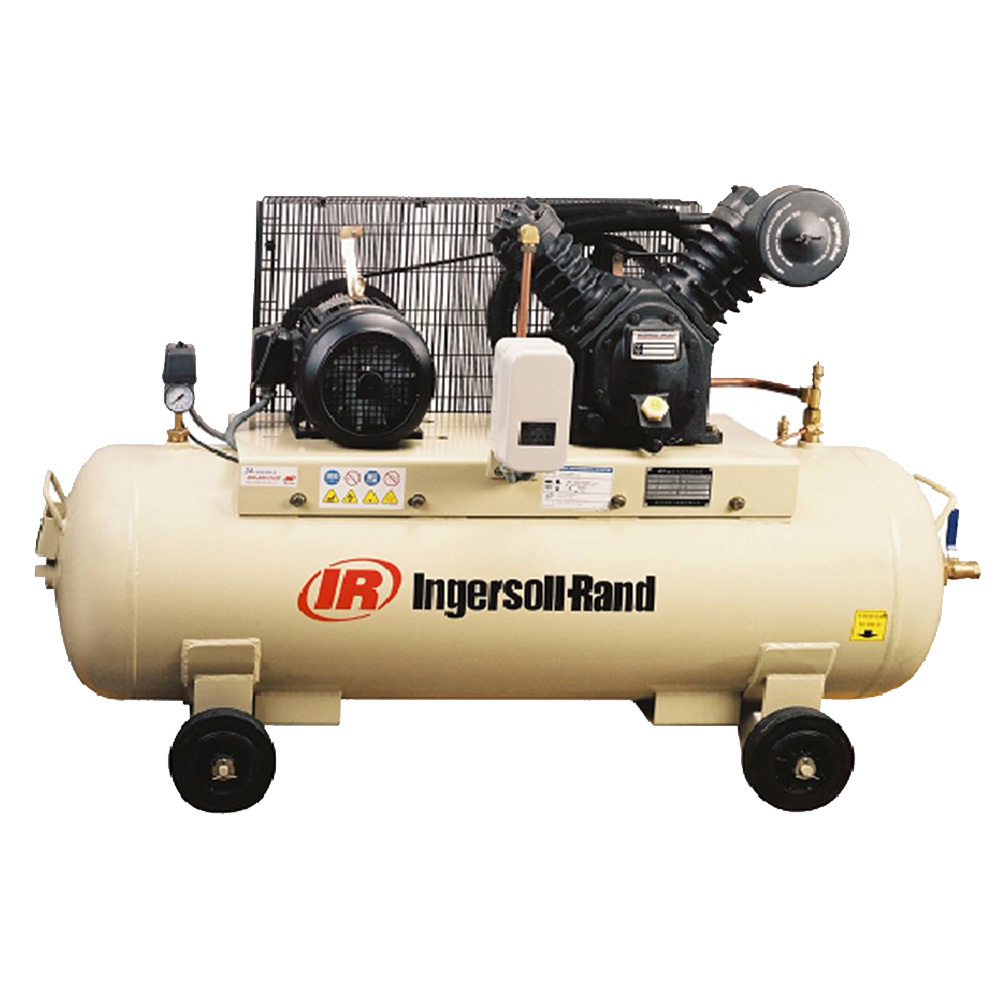
Conclusion
Choosing the right air compressor can make a significant difference in both efficiency and productivity for various applications. By considering specific needs, features, and quality, you can make an informed decision that meets your requirements.
Throughout this blog post, we have discussed several key points to consider when choosing an air compressor:
-
Identify Your Needs: Assessing your specific needs and requirements is crucial in selecting the right air compressor. Consider factors such as intended use and required power to determine the necessary specifications.
-
Understanding Different Types: Familiarise yourself with the main types of air compressors available in the market, including reciprocating, rotary screws, and centrifugal compressors. Evaluate the pros and cons of each type to make an informed decision.
-
Determining Capacity and Pressure Requirements: Calculate your required air capacity and pressure based on your specific applications. This will help you select an air compressor with adequate capacity and pressure ratings.
-
Considerations for Portable vs. Stationary Air Compressors: Assess the advantages and disadvantages of portable and stationary air compressors. Consider factors like mobility and available space to determine which type suits your needs.
-
Key Features and Components: Pay attention to important features such as tank size, motor power, pressure regulation, noise level, and maintenance requirements. These factors can significantly impact the performance and usability of your air compressor.
-
Additional Considerations and Accessories: Explore considerations related to air quality and filtration, portability and mobility features, safety features and considerations, as well as accessories and attachments that can enhance air compressor functionality.
-
Making an Informed Purchase: Research reputable brands and manufacturers, compare prices and value for money, read and understand product specifications, and prioritise warranty coverage and customer support when making your final purchase decision.
By following these guidelines, you can confidently select an air compressor that meets your specific needs and provides reliable performance. Remember to prioritise safety throughout the entire process.
Thank you for reading this comprehensive guide on choosing the right air compressor. We hope it has provided valuable insights and guidance for your decision-making process. Feel free to reach out if you have any further questions or need additional assistance. Happy air compressor shopping!






